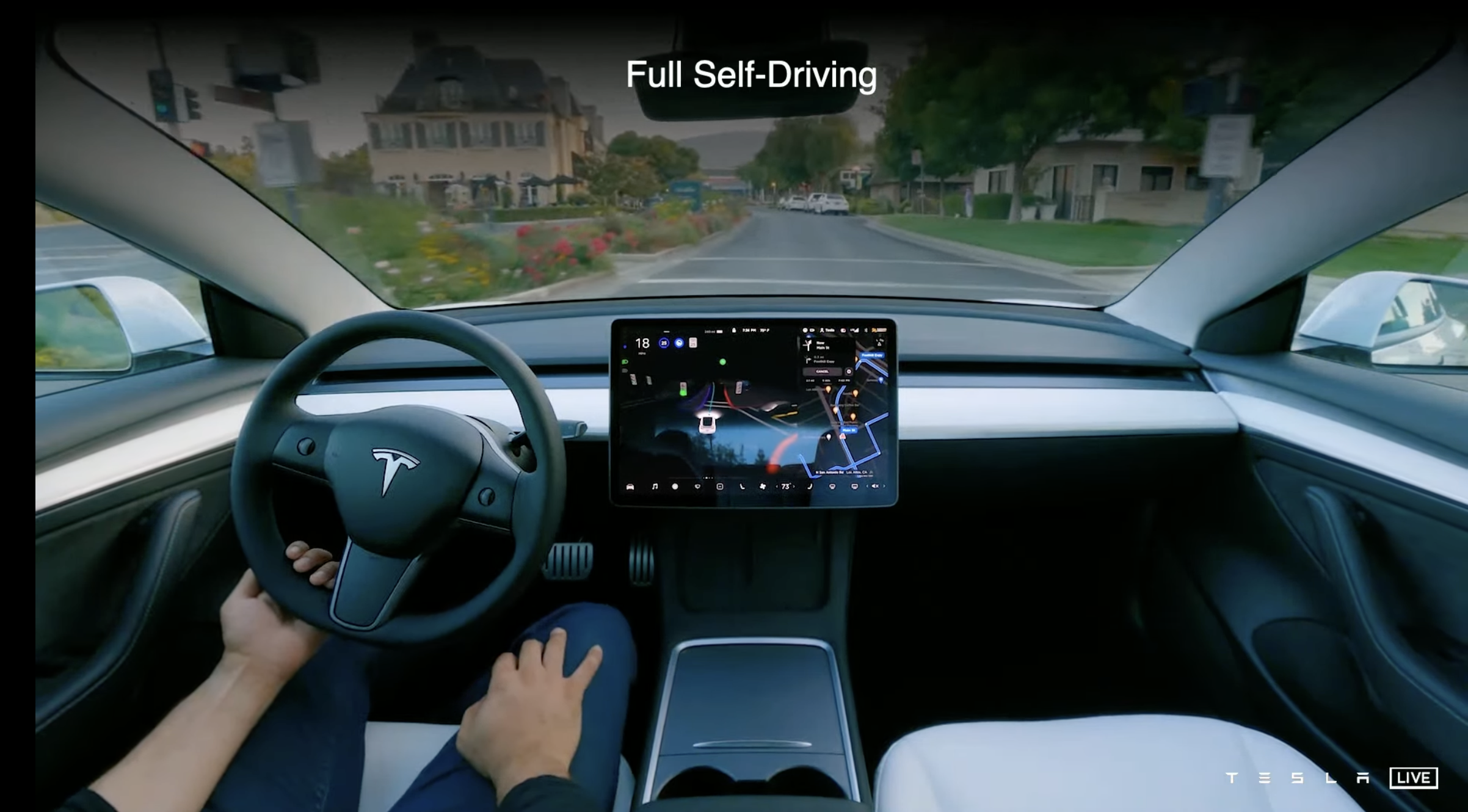
Tesla Could Have Avoided That $242.5M Autopilot Verdict, Filings Show: Understanding Tesla Autopilot Safety and Liability
The recent $242.5 million verdict against Tesla, stemming from a fatal Autopilot crash, has sent ripples through the automotive and technology industries. While the news itself is significant, newly revealed filings suggest that Tesla might have been able to avoid this devastating outcome. This raises crucial questions about Tesla Autopilot safety, the responsibilities of autonomous vehicle manufacturers, and the legal landscape surrounding self-driving technology.
What Happened in the Autopilot Crash?
The case, as reported by TechCrunch and other news outlets, involved a fatal accident where a Tesla vehicle operating on Autopilot collided with another vehicle. The driver of the Tesla was found to be partially at fault, but the jury ultimately placed a significant portion of the blame on Tesla itself. The core issue revolves around the system’s design, warnings provided to drivers, and whether the Autopilot system created a false sense of security.
New Filings Suggest Avoidable Outcome: Was Tesla Aware of Potential Autopilot Issues?
The latest developments reveal that internal documents and communications suggest Tesla may have been aware of potential shortcomings in the Autopilot system prior to the accident. These filings, now part of the public record, reportedly point to concerns raised by engineers regarding the system's ability to handle certain driving scenarios. Specific concerns mentioned in these documents involve the Autopilot system struggling to recognize stationary objects in certain lighting conditions or at specific speeds. There are also allegations about Tesla potentially downplaying the limitations of Autopilot in its marketing materials, leading drivers to overestimate its capabilities.
If these allegations are true, it raises serious questions about Tesla's due diligence in ensuring the safety of its Autopilot system. Companies manufacturing advanced driver-assistance systems (ADAS) like Autopilot have a responsibility to thoroughly test their technology, identify potential risks, and provide clear and accurate information to drivers about its limitations.
Understanding Tesla Autopilot: Features and Limitations
Tesla Autopilot is an advanced driver-assistance system designed to assist drivers with tasks such as steering, accelerating, and braking within their lane. It's important to emphasize that Autopilot is not a fully self-driving system. Despite the name, it requires constant driver supervision and intervention. Key features of Tesla Autopilot include:
- Traffic-Aware Cruise Control: Automatically adjusts speed to maintain a safe following distance.
- Autosteer: Assists with steering within a clearly marked lane.
- Automatic Emergency Braking: Applies brakes automatically in emergency situations to mitigate or avoid collisions.
While these features can enhance driving safety and convenience, it's crucial to understand their limitations. Autopilot is not designed to handle all driving scenarios, particularly complex situations involving unpredictable road conditions, construction zones, or emergency vehicles. Tesla Autopilot driving awareness is critical for safe operation.
The Importance of Driver Awareness and Responsibility with Autopilot
Regardless of the sophistication of ADAS technology, drivers remain ultimately responsible for the safe operation of their vehicles. It's essential for Tesla drivers to:
- Remain attentive: Never rely solely on Autopilot. Keep your hands on the wheel and eyes on the road.
- Understand the limitations: Be aware of the scenarios where Autopilot may not perform optimally.
- Be prepared to intervene: Be ready to take control of the vehicle at any moment.
- Stay informed: Regularly review Tesla's documentation and training materials regarding Autopilot usage.
Ignoring these guidelines significantly increases the risk of accidents and negates the intended safety benefits of Autopilot. Tesla Autopilot driver education is crucial for the future of this technology.
The Legal Implications of Autopilot Accidents and the question of Tesla Autopilot Liability
The Tesla Autopilot verdict underscores the growing legal scrutiny surrounding autonomous vehicle technology. As ADAS systems become more prevalent, manufacturers face increasing liability for accidents caused by system malfunctions or design flaws. This case could set a precedent for future litigation involving self-driving technology. The concept of Tesla Autopilot legal precedent is already impacting how these cases are being handled.
Key legal questions in these cases often revolve around:
- Product liability: Was the Autopilot system defectively designed or manufactured?
- Negligence: Did Tesla fail to adequately warn drivers about the system's limitations?
- Proximate cause: Was the Autopilot system a direct cause of the accident?
The outcome of these legal battles will have a significant impact on the future development and deployment of self-driving technology.
What Does This Mean for the Future of Tesla and Self-Driving Technology?
The $242.5 million verdict and the revelations of potentially avoidable issues present a significant challenge for Tesla. The company will likely face increased pressure to improve the safety and reliability of its Autopilot system, as well as enhance its driver education programs. Tesla Autopilot future development needs to focus on both improved technology and better user education.
More broadly, this case serves as a cautionary tale for the entire autonomous vehicle industry. It highlights the importance of rigorous testing, transparent communication, and a commitment to prioritizing safety above all else. As self-driving technology continues to evolve, manufacturers must prioritize driver safety and ensure that users fully understand the capabilities and limitations of these systems. Clear communication about Tesla Autopilot capabilities and limitations is paramount for safe adoption and continued development of the technology.
The future of self-driving technology depends on building trust with consumers, and that trust can only be earned through a unwavering commitment to safety and transparency.